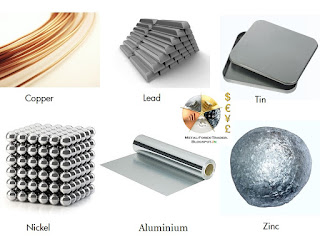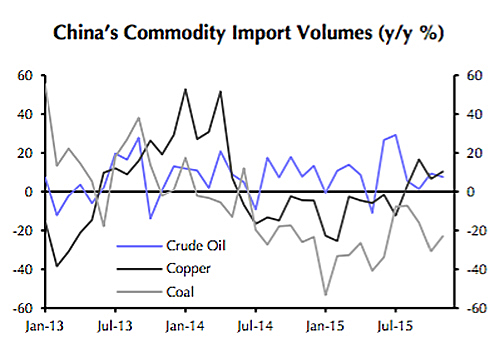In our look back at 2015 we called it mining's annus horribilis.
In stead of the hoped for rebound in metals and minerals prices, just about everything from copper to crude and coal to diamonds lost more ground. Those that were calling a bottom on the commodities market in 2015 where sorely disappointed and anyone making a bullish casewere shouted down.
Capital Economics, a research firm frequently quoted in these pages, in a new note outlines its outlook for commodities in 2016.
Some metals prices already appear to have found a floor following the announcement of large cutbacks in production and new investment
Julian Jessop, Head of Commodities Research at the London-based firm, with admirable understatement says it has been "a difficult year for those, ourselves included, who have had anything positive to say about commodities."
Nevertheless, Jessop found six key drivers and themes that should help prices to recover over the course of the next year:
Nevertheless, Jessop found six key drivers and themes that should help prices to recover over the course of the next year:
- China gears up: "The bulk of the slowdown that many still fear lies ahead has, in fact, already happened; we estimate that actual growth was only 4.5% or so this year, and expect economic activity to pick up pace again during 2016."
- Dollar damage done: The strengthening greenback "has both lowered the dollar price that (non-US) consumers are able to pay and allowed commodity producers with revenues in dollars and costs in local currencies to maintain supply at a high level," but the "bulk of this move should now be over too".
- Inflation returns: "Underlying price pressures are finally starting to pick up – notably in the US – and headline inflation rates should rebound in the coming months as the biggest declines in the cost of oil drop out of the annual comparisons. This, in turn, could revive demand for inflation hedges including commodities, with gold in particular likely to benefit."
- More easy money: While the Fed will continue to raise rates in 2016, it would be because of a stronger economy and higher inflation, keeping real interest rates low. Europe and Japan will continue or accelerate its quantitative easing programs while the People's Bank of China also "has plenty of room to ease further, via cuts in interest rates and reserve requirements, without the need to resort to a big fall in the renminbi."
- Supply cuts: On top of better news on the demand side, "a recovery in the prices of many industrial commodities will probably require further evidence that supply is being tamed by the previous sharp falls. Some metals prices already appear to have found a floor following the announcement of large cutbacks in production and new investment."
- Investor interest: While investor sentiment towards commodities are still at record lows "the flipside is that there is plenty of room for money to return to the sector. Indeed, commodity prices may look increasingly attractive relative to the high valuations of equities and (especially) bonds. We would not expect investor demand to trigger a rebound in prices on its own. But speculative flows could support any recovery driven by the underlying fundamentals of supply and demand, just as highly negative sentiment has compounded the recent weakness."
The flipside is that there is plenty of room for money to return to the sector
Click here for more analysis from Capital Economics on the commodity sector.







